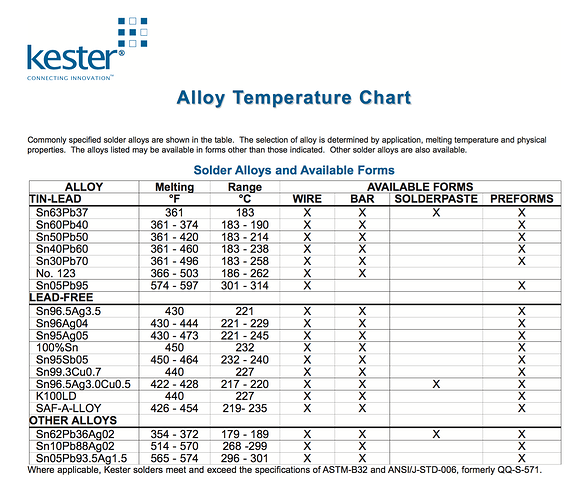I’m considering buying a 2.2kw 220v spindle and VFD kit which includes the spindle connector but not the wire itself. I’m an ace cable builder and solderer so assembly is not an issue, but I need the wire itself.
One would think I would need 14AWG for 10 amps but I see 16AWG being used. Is 14AWG necessary?
On alt AltMill, what is the total length of the cable run from spindle to VFD?
I assume shielding is necessary, but is double shielding necessary? My environment is not electrically noisy other than noise from the CNC itself.
Finally, is there any place to buy this wire in anything less than 100 or 25 foot lengths? I don’t need all the extra cable.
Thank you, that’s really helpful @Infield
1 Like
I thought I’d circle back and relate what I’ve learned. That thread was very useful, there was some “noise” there as well.
So I asked PwnCNC about their cables, and got a lot of good information. First of all, double shielding is important. But what was surprising was that they use 18AWG gauge conductors for a 2.2kw 220V cable, that seemed thin to me. I asked about that and they gave several reasons they chose it, and their reasons seemed sound. No particular reason to repeat them here.
What was key in what I learned there is that they also use high temperature insulation in their cables. That’s so they can get away with the thinner conductors producing heat in under load. And that led to the discovery that the quality of the insulation is a major cost driver in cables.
One can get this higher quality insulation for about $4 per foot, which is probably still cheaper than a lot of options if you do the soldering yourself and don’t purchase more cable than needed. I haven’t found any Chinese cables with the high temperature ratings, but if anyone out there does, please post here!
@Infield
Getting away with less conductor sounds like me doing a quick proof of concept before propperly wiring up. I don’t like to feel heat comming of my wires. Heat in wires is loss due to resistace, and even if you can get away with it, it’s prolly a sign of selling out performance for a bottom line.
There are some other factors to consider when soldering wires. Typical wiring are maxed at 105°C without the insulater part losing its function and start exhaling chlorideish gasses. That temp is fine for soldered wires. Adding heat to that system requires knowledge on the expected max temp and what solder alloys isable to endure that temp.
What is the max temp of the wire and how long do they expect to “get away with it” before their lead free solder alloy brittles out, because if there’s one thing I’ve seen pbfree alloys do best is snapping due to temperarure stress. Add a wee mechanical stress and you’re in for a cracker.
Anyhooo, If I would make my own wire tree, I would opt for a thicker wire, not thinner.
But, that’s prolly just me being a stinky boomer… again. 
@Spamming_Eddie
There is a certain amount of “how good it good enough” to this whole discussion. Certainly bigger wires are better if there is no tradeoff. That’s why I questioned PwnCNC as to their logic in this application. Their reasoning was not limited to making sure the insulation could handle high temperatures and forgetting about it. Certainly wires getting hot enough to melt solder or emit ghoulish gasses would be a disaster.
I didn’t feel it was appropriate to post PwnCNC’s whole response here, but it is clear they thought about it. And there is a certain amount of know how coming from having their product out there and not having issues with it. I think there is certain value to trusting a supplier dealing in exactly the same application space that I’ll be working in.
My starting point was being very uncomfortable with 18AWG wires, which is why I asked them why they thought it was OK. My conclusion is that it’s likely OK for my situation, but I have to make sure to buy raw cable that doesn’t just have generic low temp PVC insulation, and is also double shielded. Or just purchase a more plug and play system that comes with the appropriate cable.
